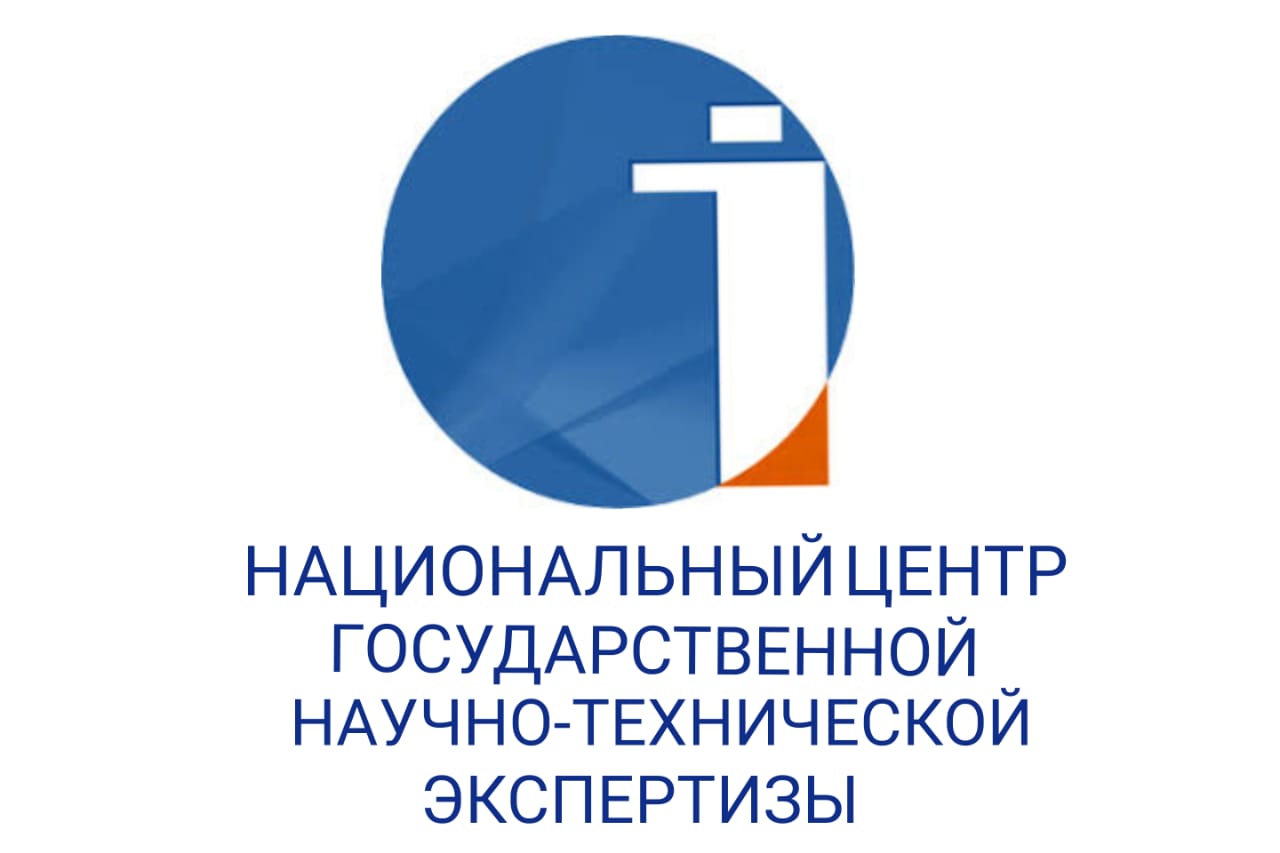THE APPEARANCE OF FOLKLORE ELEMENTS IN THE STRUCTURE OF MODERN STORIES IN THE FORM OF DETAILS AND CHARACTER
DOI:
https://doi.org/10.48371/PHILS.2024.73.2.022Keywords:
story, folklore, motif, detail, shrine, character, archetype, coloringAbstract
In the article, the peculiarities of the connection of literature and folklore in the history of the formation of the Kazakh story are distinguished in a synchronic sense. It is analyzed that the use of folklore motifs (dreams, longing for a child, ghosts, demons, relics, saints, mystical animals) in writers' stories is reflected as a continuation of tradition. It is intended to determine the characteristic features of oral literature in the stories of well-known representatives of modern Kazakh prose.
The aim of the article is to determine the appearance of folklore elements in the form of details and images in the stories of Kazakh writers.
The scientific significance of the work lies in identifying a link between the works of contemporary Kazakh literature and folklore and using such motifs as dreaming, sacrifice of lovers, a hero's ideal friend, mythical beliefs, customs, animals, etc. in the details of folklore.
The practical significance of the work is that it helps to find solutions to the practical problems of folkloristics and Kazakh prose by finding folklore motifs in modern Kazakh stories and comparing them with samples of oral literature.
The methods of discourse analysis, comparison and exposition of the text of the work of fiction were used in the research work.
It was found in the works of M. Magauin "Kuyrshak", K. Tumenbai "Adam", T. Shapai "Aina Sara" that the details of dream and dream interpretation in the stories were used based on folklore symbols. The stories of "A million bees, a million snakes and me" by J. Korgasbek and "On the road" by M. Omarovawere are distinguished by archetypal motifs. Folklorisms such as saint and spiritual guardian in "Aigyrkisi" by N. Dautayuly are rationally used to clarify the creative space.
The findings contribute to the development of ideas about folklore, literary studies, folk motifs and folklore elements in linguofolkloristics.








